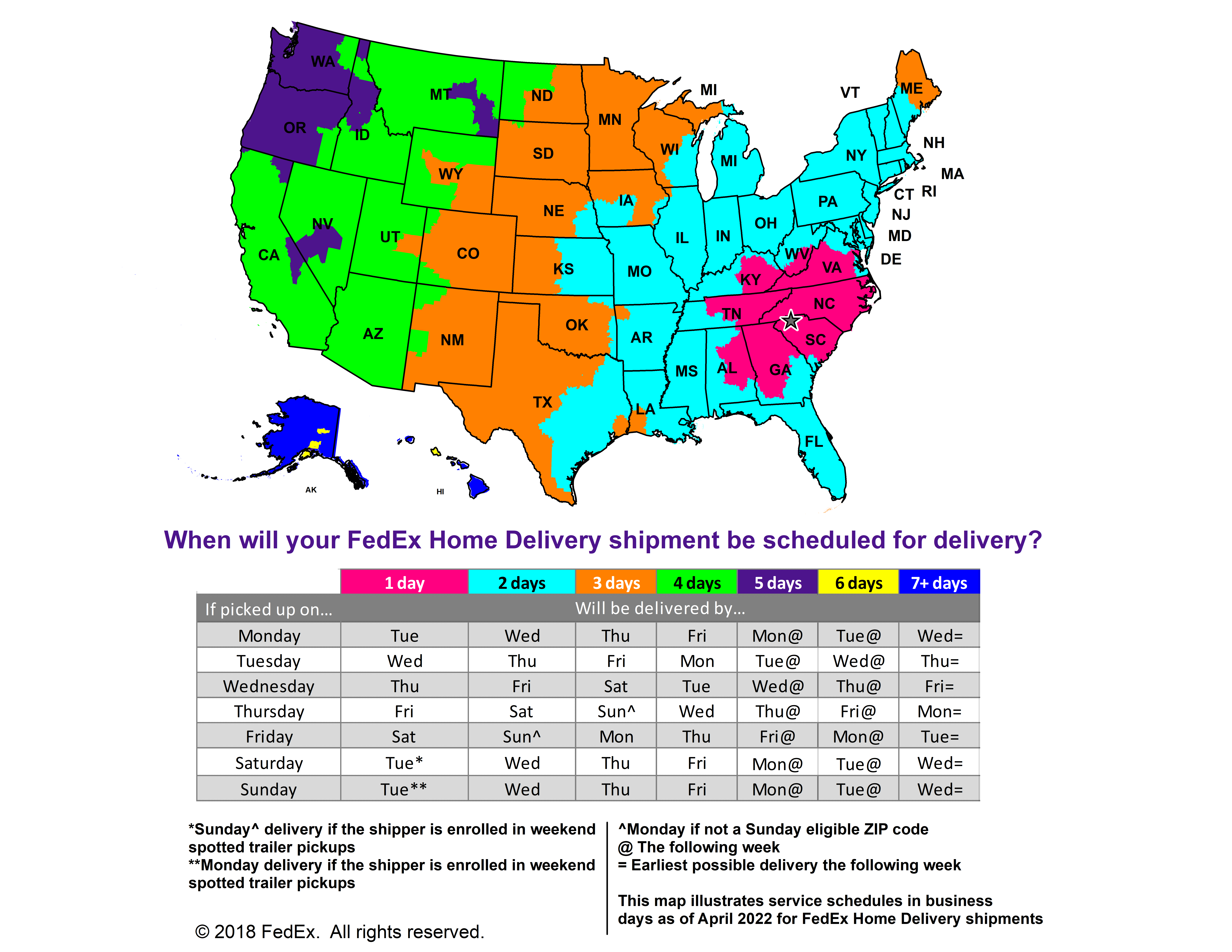What You Need to Know About VOC and Should You Be Concerned

Do you want to embark on your first wood stain project? Or you are a frequent DIY stainer? Well, you must learn about the type of products that you want to bring home.
As with paints, paint finish, thinner or solvent, the formulas contain ingredients that pose health and safety concerns. To be specific, let’s talk about volatile organic compounds commonly known as VOCs, a component used in wood stain colors from different brands.
According to research by CBC marketplace, high VOC levels of above 500 ppb cause severe problems to people with various chemical sensitivities. Before starting your next stain project, take your time to understand VOCs, their risks and how to best avoid them.
But first, what are VOCs, and how do they relate with wood stain colors?
A compound is a combination of various elements from the periodic table. The presence of carbon in VOCs makes them organic and the ability of these compounds to evaporate at room temperature makes them volatile.
Unfortunately, VOCs are toxic to people and animals. According to the Environmental Protection Agency, these compounds contain chemicals with adverse health effects. Because of this, there are strict rules that should be followed on warning labels, product packaging, and their correct use. Manufacturers of stain wood colors must also follow strict regulations when creating consumer products.
How Are VOCs Dangerous?
As stated earlier, VOCs are highly volatile and will evaporate at room temperature. As such, VOCs will be emitted to the atmosphere every time you open the can, applying the paint with a brush or when the stains are drying.
These fumes are harmful to respiratory systems. Once in the air, they can mix with nitrogen oxide to form what’s known as bad ozone. Bad ozone is attributable to various health and environmental problems.
Given all these health effects from VOCs, how do you protect yourself? Well, you can use a mask to apply wood stain in ventilated areas or look for a VOC free stain.
Why Use VOCs
You're probably thinking, why use wood stain colors with VOCs if they are harmful? Well, these compounds give stains and paints the ability to perform their role. Adding VOCs holds together resin and water allowing them to form a cohesive paste that sticks on the wood surface. Therefore, avoiding these compounds is near impossible. However, some manufacturers are coming together to create low VOC paint.
Are There Less Toxic Wood Stain Colors
The good news is, there is low VOC paint that delivers vivid results while minimizing the toxicity. So, take your time when looking for wood stain colors and paints to buy. Ensure the product aims at protecting the user and the environment while providing amazing results.
Other than protecting your family’s health, these low VOC stains are also easier to clean. You’ll only need to buy soap and water. While you still need to do the staining in an open or ventilated room, you don’t have to worry about wearing masks.
To ensure that you're using paints with lower toxicity, read the labels and follow the instructions on how to use the product. If any stain remains, dispose of it responsibly.
Wood stain can take a dull piece of wood, give it depth and enhance the tone, color, and appearance. Woodworkers have been using this method for years to improve the state of their furniture. The ingredients for traditional stains are toxic with the possibility of releasing toxic chemicals. Such chemicals pose a huge risk to your health and that of your family. Therefore, you need to take your time and look for a non-toxic wood stain on the market.


























